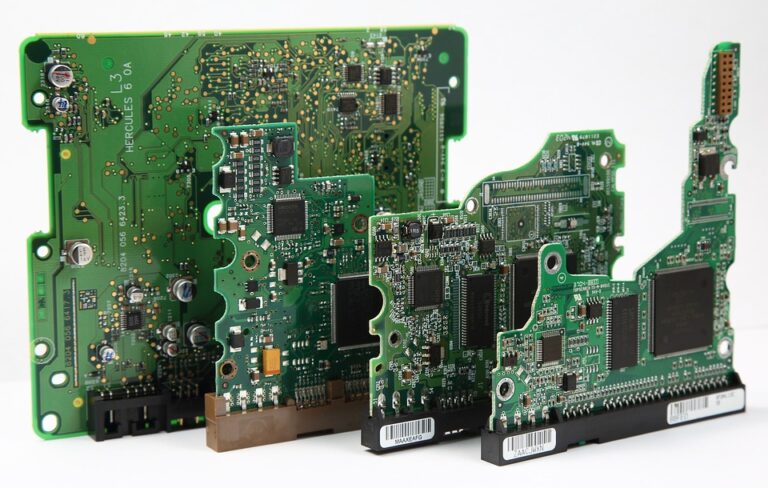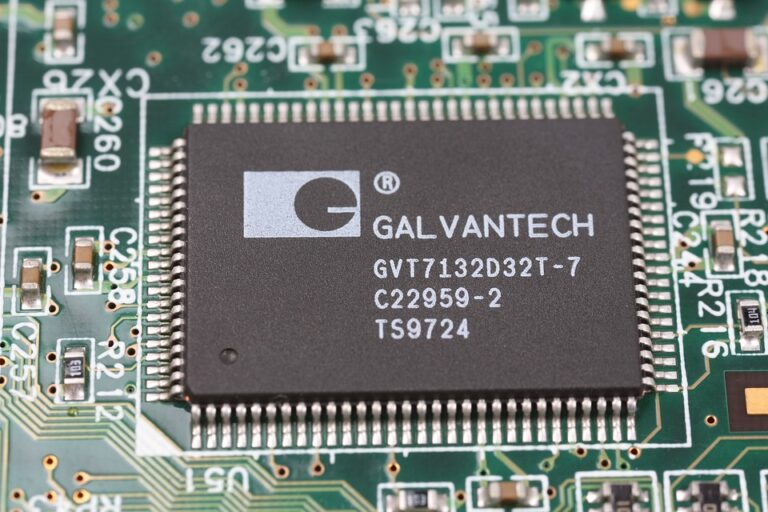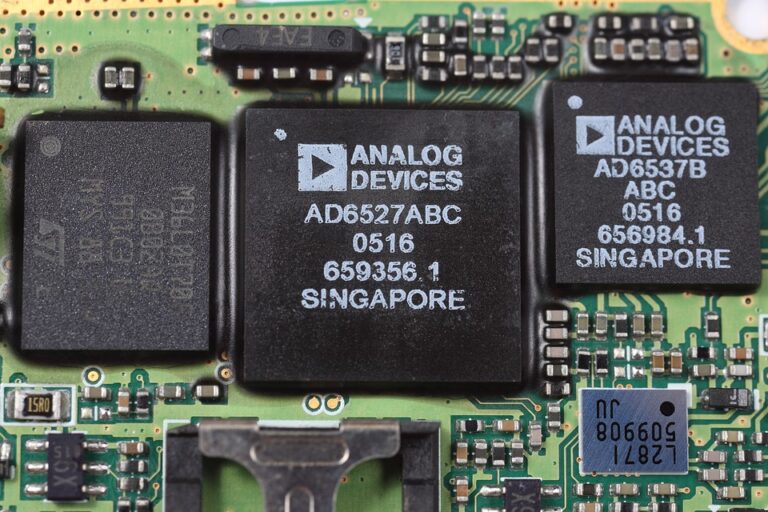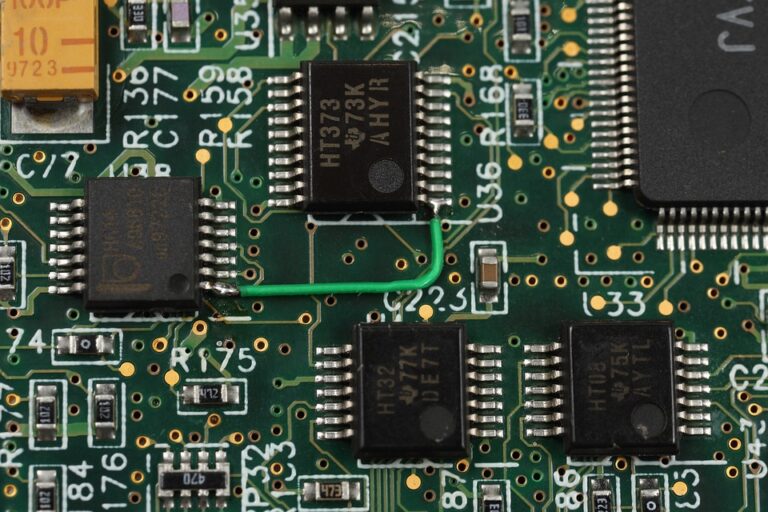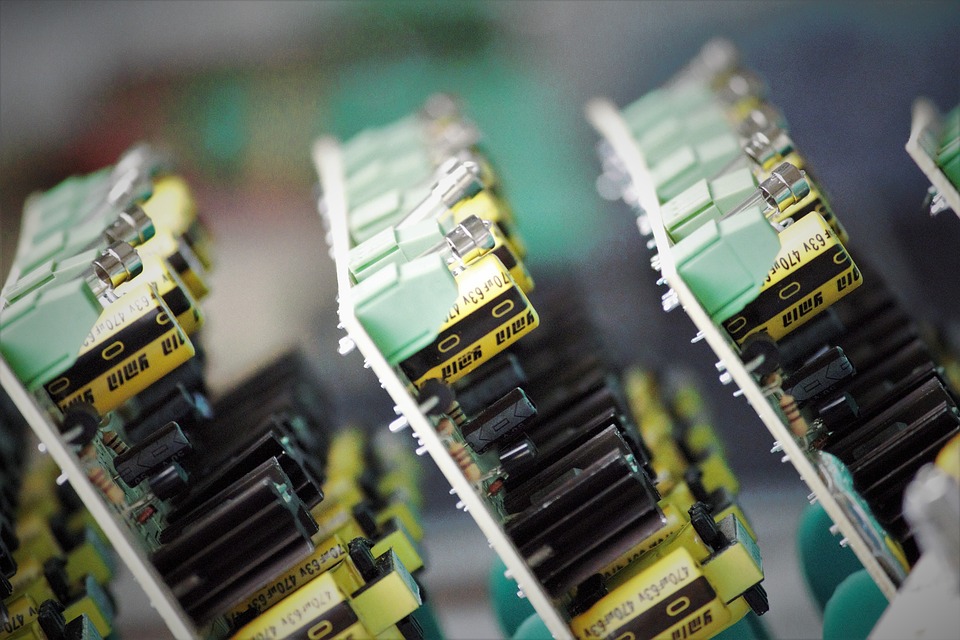
Designing for Reliability: Best Practices for PCB Layout and Manufacturing
Designing for Reliability: Best Practices for PCB Layout and Manufacturing
When designing printed circuit boards (PCBs), reliability is a crucial aspect that cannot be overlooked. A well-designed PCB is not only critical for the overall performance of the electronic device, but it also affects the product’s lifespan and maintainability. In this article, we will explore the best practices for PCB layout and manufacturing to ensure that your design is reliable and robust.
**PCB Layout Best Practices**
A well-designed PCB layout is essential for ensuring reliability. Here are some best practices to follow:
1. **Component Placement**: When placing components on the PCB, ensure that they are properly spaced and oriented to avoid shorts and bridges. Keep components away from the board’s edges to prevent damage from handling or soldering.
2. **Track and Space Planning**: Plan the track and space layout carefully to ensure that it is symmetrical and balanced. This will help to reduce noise and vibrations, which can affect the PCB’s performance.
3. **Signal Integrity**: Design the PCB layout to minimize signal integrity issues such as cross-talk, crosstalk, and ringing. Use techniques like grounding, shielding, and decoupling to mitigate these issues.
4. **Power Distribution**: Design the power distribution network carefully to ensure that it is reliable and efficient. Use a power distribution network analyzer to simulate and optimize the power distribution network.
5. **Grounding**: Ensure that the grounding system is robust and well-designed. Use a grounding grid to reduce electromagnetic interference (EMI) and ensure that all components are properly grounded.
6. **Heat Management**: Design the PCB layout to manage heat effectively. Use heat sinks, thermal vias, and other heat management techniques to ensure that the PCB operates within its temperature specifications.
7. **Manufacturing Considerations**: Consider manufacturing constraints when designing the PCB layout. Ensure that the design is manufacturable and that the manufacturing process will not compromise the PCB’s reliability.
**PCB Manufacturing Best Practices**
In addition to designing the PCB layout for reliability, it is also essential to follow best practices during the manufacturing process. Here are some best practices to follow:
1. **Component Sourcing**: Ensure that components are sourced from reputable suppliers and meet the required specifications.
2. **PCB Material Selection**: Select the right PCB material for the application. Consider factors like thermal conductivity, dielectric constant, and mechanical strength.
3. **Fabrication Process**: Ensure that the fabrication process is controlled and monitored to ensure that the PCB meets the required specifications.
4. **Soldering and Assembly**: Ensure that the soldering and assembly process is done carefully and efficiently. Use high-quality solder and avoid overheating or underheating the components.
5. **Inspection and Testing**: Perform thorough inspection and testing of the PCBs to ensure that they meet the required specifications.
6. **Reliability Testing**: Perform reliability testing to ensure that the PCBs can withstand the expected environmental and usage conditions.
7. **Documentation and Quality Control**: Maintain accurate documentation and implement quality control measures to ensure that the PCBs are reliable and meet the required specifications.
**Conclusion**
Designing a reliable PCB requires careful consideration of both the layout and manufacturing process. By following the best practices outlined in this article, you can ensure that your PCB design is robust, reliable, and meets the required specifications. Remember to consider both the component placement and manufacturing constraints when designing the PCB layout, and to implement quality control measures during the manufacturing process.
**FAQs**
Q: What are some common reliability issues that can occur in PCB design?
A: Some common reliability issues that can occur in PCB design include signal integrity issues, thermal management issues, and mechanical stress issues.
Q: How can I ensure that my PCB design is reliable?
A: You can ensure that your PCB design is reliable by following best practices for PCB layout and manufacturing, such as considering component placement, track and space planning, and power distribution.
Q: What are some common manufacturing defects that can occur in PCBs?
A: Some common manufacturing defects that can occur in PCBs include component defects, soldering defects, and PCB material defects.
Q: How can I ensure that my PCBs are manufactured reliably?
A: You can ensure that your PCBs are manufactured reliably by selecting the right PCB material, ensuring that the fabrication process is controlled and monitored, and performing thorough inspection and testing.
Q: What are some common reliability testing methods used in PCB design?
A: Some common reliability testing methods used in PCB design include environmental testing, mechanical testing, and electrical testing.
Q: How can I optimize my PCB design for reliability?
A: You can optimize your PCB design for reliability by considering both the component placement and manufacturing constraints, and by implementing quality control measures during the manufacturing process.
When designing printed circuit boards (PCBs), reliability is a crucial aspect that cannot be overlooked. A well-designed PCB is not only critical for the overall performance of the electronic device, but it also affects the product’s lifespan and maintainability. In this article, we will explore the best practices for PCB layout and manufacturing to ensure that your design is reliable and robust.
**PCB Layout Best Practices**
A well-designed PCB layout is essential for ensuring reliability. Here are some best practices to follow:
1. **Component Placement**: When placing components on the PCB, ensure that they are properly spaced and oriented to avoid shorts and bridges. Keep components away from the board’s edges to prevent damage from handling or soldering.
2. **Track and Space Planning**: Plan the track and space layout carefully to ensure that it is symmetrical and balanced. This will help to reduce noise and vibrations, which can affect the PCB’s performance.
3. **Signal Integrity**: Design the PCB layout to minimize signal integrity issues such as cross-talk, crosstalk, and ringing. Use techniques like grounding, shielding, and decoupling to mitigate these issues.
4. **Power Distribution**: Design the power distribution network carefully to ensure that it is reliable and efficient. Use a power distribution network analyzer to simulate and optimize the power distribution network.
5. **Grounding**: Ensure that the grounding system is robust and well-designed. Use a grounding grid to reduce electromagnetic interference (EMI) and ensure that all components are properly grounded.
6. **Heat Management**: Design the PCB layout to manage heat effectively. Use heat sinks, thermal vias, and other heat management techniques to ensure that the PCB operates within its temperature specifications.
7. **Manufacturing Considerations**: Consider manufacturing constraints when designing the PCB layout. Ensure that the design is manufacturable and that the manufacturing process will not compromise the PCB’s reliability.
**PCB Manufacturing Best Practices**
In addition to designing the PCB layout for reliability, it is also essential to follow best practices during the manufacturing process. Here are some best practices to follow:
1. **Component Sourcing**: Ensure that components are sourced from reputable suppliers and meet the required specifications.
2. **PCB Material Selection**: Select the right PCB material for the application. Consider factors like thermal conductivity, dielectric constant, and mechanical strength.
3. **Fabrication Process**: Ensure that the fabrication process is controlled and monitored to ensure that the PCB meets the required specifications.
4. **Soldering and Assembly**: Ensure that the soldering and assembly process is done carefully and efficiently. Use high-quality solder and avoid overheating or underheating the components.
5. **Inspection and Testing**: Perform thorough inspection and testing of the PCBs to ensure that they meet the required specifications.
6. **Reliability Testing**: Perform reliability testing to ensure that the PCBs can withstand the expected environmental and usage conditions.
7. **Documentation and Quality Control**: Maintain accurate documentation and implement quality control measures to ensure that the PCBs are reliable and meet the required specifications.
**Conclusion**
Designing a reliable PCB requires careful consideration of both the layout and manufacturing process. By following the best practices outlined in this article, you can ensure that your PCB design is robust, reliable, and meets the required specifications. Remember to consider both the component placement and manufacturing constraints when designing the PCB layout, and to implement quality control measures during the manufacturing process.
**FAQs**
Q: What are some common reliability issues that can occur in PCB design?
A: Some common reliability issues that can occur in PCB design include signal integrity issues, thermal management issues, and mechanical stress issues.
Q: How can I ensure that my PCB design is reliable?
A: You can ensure that your PCB design is reliable by following best practices for PCB layout and manufacturing, such as considering component placement, track and space planning, and power distribution.
Q: What are some common manufacturing defects that can occur in PCBs?
A: Some common manufacturing defects that can occur in PCBs include component defects, soldering defects, and PCB material defects.
Q: How can I ensure that my PCBs are manufactured reliably?
A: You can ensure that your PCBs are manufactured reliably by selecting the right PCB material, ensuring that the fabrication process is controlled and monitored, and performing thorough inspection and testing.
Q: What are some common reliability testing methods used in PCB design?
A: Some common reliability testing methods used in PCB design include environmental testing, mechanical testing, and electrical testing.
Q: How can I optimize my PCB design for reliability?
A: You can optimize your PCB design for reliability by considering both the component placement and manufacturing constraints, and by implementing quality control measures during the manufacturing process.

